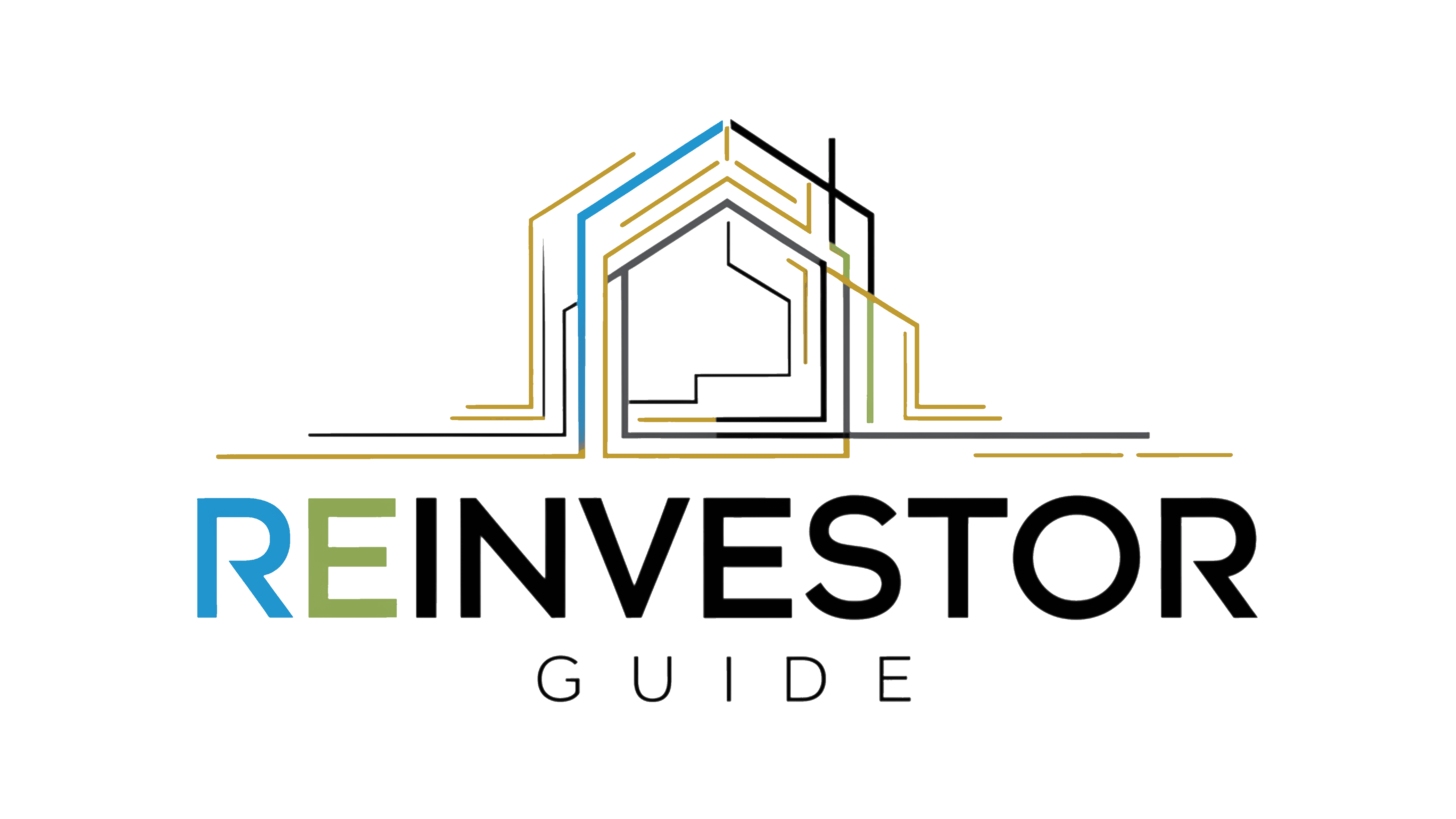If you’ve closed your first few DSCR-backed deals, you already know how game-changing these loans can be: no W-2s, no tax returns, and qualification based on cash flow, not personal income.
But the real power of DSCR loans emerges when you stop thinking in ones—and start thinking in portfolios.
This guide dives into advanced DSCR strategies designed to help experienced investors scale smarter, faster, and with less friction. Whether you’re pursuing BRRRR deals, short-term rentals, or a 20-door expansion, these techniques can help you unlock capital, reduce risk, and grow sustainably.
Why DSCR Loans Are Built for Scale
DSCR (Debt Service Coverage Ratio) loans evaluate the property’s net operating income (NOI) against the annual debt service—not your personal finances. That means:
- No income verification (great for self-employed investors)
- LLC and entity ownership allowed
- Unlimited properties can be financed
- Underwriting focuses on asset performance, not borrower DTI
When structured strategically, DSCR loans become a scalable system, not just a tool.
1. Portfolio Financing: Blanket DSCR Loans
What it is: Bundle multiple properties under a single DSCR loan with one monthly payment and one underwriting package.
✅ Benefits:
- Consolidates closing costs and underwriting
- Reduces per-property debt service
- Ideal for small multis or scattered SFRs
- Increases negotiation power with lenders
Use it when: You own or are acquiring 3+ properties with strong cash flow that meet lender criteria.
Investor Tip: Use portfolio DSCR loans to refinance multiple BRRRR properties at once and extract equity more efficiently.
2. Cash-Out Refinance to Recycle Capital
What it is: Refinance a stabilized property using a DSCR loan to pull out equity and redeploy into new acquisitions.
✅ Benefits:
- Boosts ROI by recycling initial investment
- Ideal follow-up for BRRRR investors
- No personal income needed to qualify
Use it when:
- You’ve increased NOI through rehab or rent increases
- You want to fund the next deal without raising new capital
Lender Watch-Out: Some lenders require seasoning periods of 3–12 months before allowing a cash-out DSCR refi.
3. Cross-Collateralization for Low-Cash Acquisitions
What it is: Use equity from an existing DSCR-financed property as collateral for a new purchase—without selling or refinancing.
✅ Benefits:
- Reduces or eliminates cash down requirement
- Leverages idle equity
- Keeps you moving in hot markets
Use it when: You have high equity in one or more DSCR-backed properties and want to minimize out-of-pocket expenses.
📌 Pro Tip: Not all DSCR lenders offer cross-collateralization—work with a broker who understands creative structuring.
4. BRRRR-to-DSCR Exit Strategy
What it is: Use a DSCR loan to refinance out of a short-term hard money or bridge loan after rehabbing a property.
✅ Benefits:
- Locks in long-term financing at better rates
- No income docs required
- Extracts capital to redeploy
How to make it work:
- Ensure final DSCR is at least 1.20–1.25
- Provide strong lease and income documentation
- Know your lender’s minimum seasoning rules (some allow no-seasoning refinances based on ARV)
Ideal for: BRRRR investors, value-add multifamily, and short-term rental conversions.
5. Short-Term Rental Strategy with DSCR Loans
What it is: Use STR rental income (or market projections) to qualify for DSCR loans in high-cash-flow vacation or urban markets.
✅ Benefits:
- Higher NOI = stronger DSCR
- Often qualifies for larger loan amounts
- Works well in tourism-heavy markets
What you’ll need:
- STR income documentation (Airbnb, Vrbo, or property manager reports)
- Market rent comps (AirDNA or 1007 rent schedule)
- Proof of STR legality and licensing (HOA/city compliance)
Investor Tip: Target DSCR lenders that accept AirDNA or STR performance data, not just traditional long-term lease comps.
6. LLC and Entity Structuring for Protection and Leverage
DSCR loans allow for property vesting in an LLC, which helps with:
- Legal protection
- Asset separation
- Tax advantages
- Easier portfolio management
Advanced Strategy: Create separate LLCs for STRs, long-term holds, and BRRRR deals—then finance them under a parent holding company or management entity.
📌 Bonus: Some lenders accept DSCR loans under series LLCs or multi-member partnerships, offering even more flexibility.
7. Scaling with Multiple Lenders and Terms
Don’t get stuck with one lender. Diversify your lender relationships for greater flexibility and faster approvals.
Pro Scaling Tips:
- Use one lender for short-term rentals (AirDNA-friendly)
- Use another for long-term multifamily (prefers 5+ units)
- Use a third for blanket or portfolio refis
- Compare prepayment penalties (step-down vs flat) across lenders
Track every DSCR loan’s:
- DSCR threshold
- Loan-to-value limits
- Credit score minimums
- Reserve requirements
- Prepay terms
This helps you match the right lender to each property strategy.
Final Thoughts
DSCR loans are more than a workaround—they’re a framework for scalable investing. Once you master the basics, advanced strategies like portfolio loans, cross-collateralization, and STR qualification let you scale with precision.
Whether you’re moving from 3 doors to 30 or just trying to optimize your refinance strategy, the key is to treat DSCR lending like a system—not a transaction.



